Seifuki, the school uniform has always been a symbol of youth. If you look at the anime and TV shows of Japan, Japanese are clearly obsessed with high school time. One of the reasons is that not all high school graduates would go to college, some would just start a career. There are even "National Mr. Male High School Student Contest" or "National High School Girl Miss Contest" held every year. We are going to look at some interesting facts about Japanese school uniforms today!
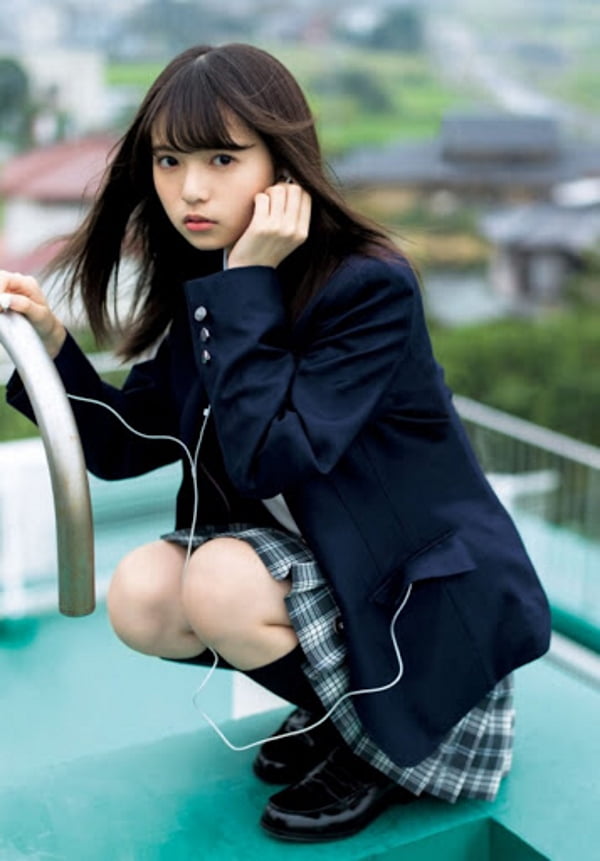
Japanese School Uniform
1. The origin
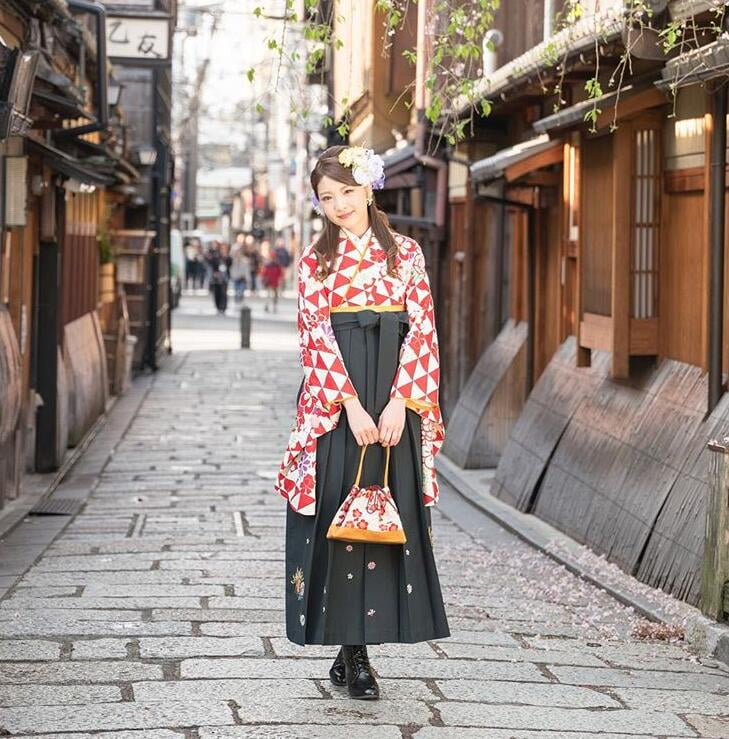
The beginning of the Japanese school uniform can be traced back to the Meiji era. The Keio Gijuku (later became Keio University) first made rules that students should wear Kimino without carrying swords. Later on, Gakushūin (later became Gakushūin University) began to make students wear uniforms so all students can learn equally at school, no matter what social status they had. The school uniform gradually changed to what was called Hakama in the Taisho era. Following that, around 1920, girls' school uniforms made the full change from hakama to Western fashion.
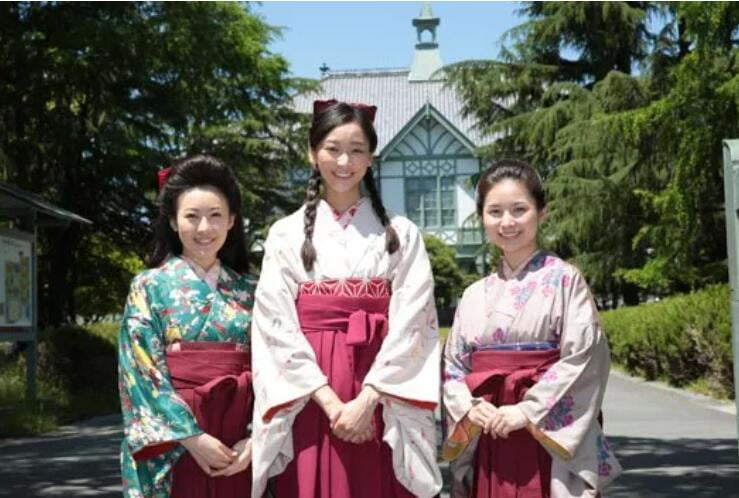
In the drama 'Arigatou Kansai,' starring Anzu Watanabe, the setting is during the Taisho and Showa periods, so they wear hakama to school!
2. Why do students wear shorts and miniskirts in winter?
Many Japanese people believe that "children are kids of wind", meaning that children are happy to be outdoors in all weathers even it's cold. High school boys wearing long trousers and girls wearing skirts is more of a concept for them to become a part of the grown-up world by wearing suits. However, influenced by gender equality, there are schools that allow female students to wear long trousers, known as slacks; or girls can wear leggings under their skirts to keep warm.
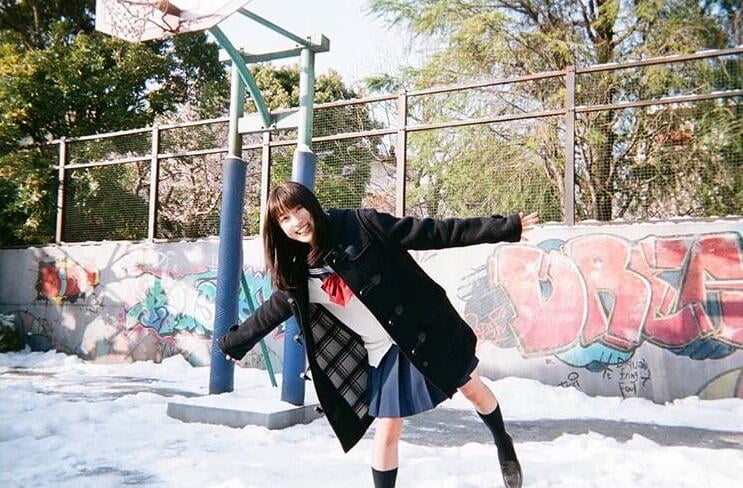
Actually, many high school students can wear longer skirts to school. Some schools in Tokyo even made wearing a longer skirt to school a rule. So on the whole, not all Japanese schoolgirls wear mini skirts. The image here shows the uniform options offered by a high school, there are shorts, skirts, and slacks.
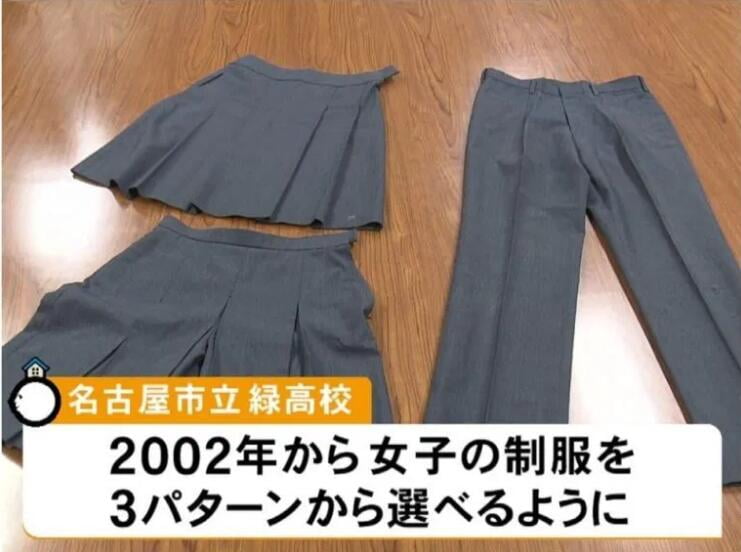
3. Some schools do not have a uniform dress code

In fact, some schools in Japan don't have to wear uniforms to school. But it is more of giving freedom to students to pick up what they like to wear than no uniform. Many uniform brands are also rising because of this. Some schools will also require that they wear appropriate clothes on formal occasions such as school opening ceremonies. Some may worry that thinking about what to wear every day may affect students' academic performances. But there are high schools with free school rules. We just couldn't help admiring those students who do can well both in academics and appearances, could we?
Seifuku Styles
1. Sailor Style

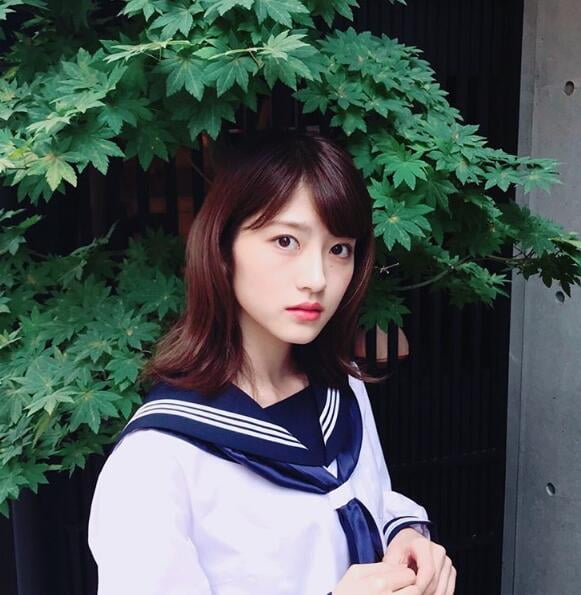
The most classic uniform style has to be the modern sailor uniform, which gained popularity as it pushed other styles aside. It is commonly seen in navy and white. But whatever color, they all have become one of the biggest symbols of Japanese kawaii culture.
2. Pleated Skirts
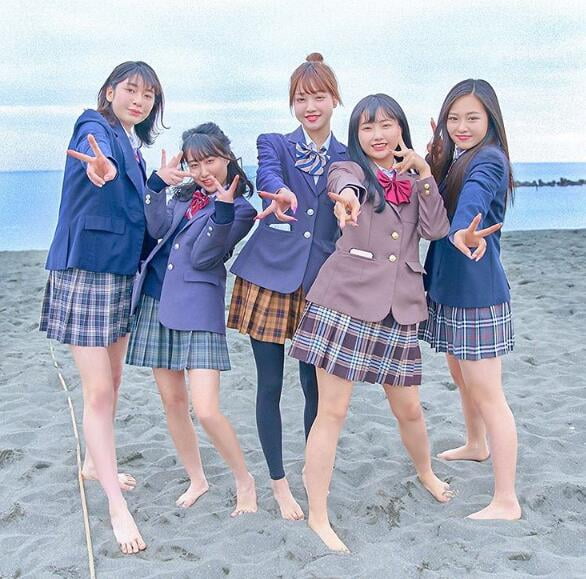

Pleated skirts have always been en vogue. They come in many colors and are easy to match. The most classic style is pleated skirts with knee-high socks. However, in recent times, with the influx of South Korean pop culture into Japan, short socks become the new fashion. Which type do you prefer?
3. Blazer with Necktie Ribbon

Western-style uniforms are adopted by many Japanese schools. Blazers paired with skirts and necktie ribbons of similar patterns are super cute as well. Of course, the ribbon can be replaced with a regular necktie, but both are equally attractive, aren't they?
After seeing so many Seifuku, you surely can understand why would Japanese high school girls visit Disneyland in their school uniforms. It's simply because of cuteness! Well, what is your favorite style then?






















